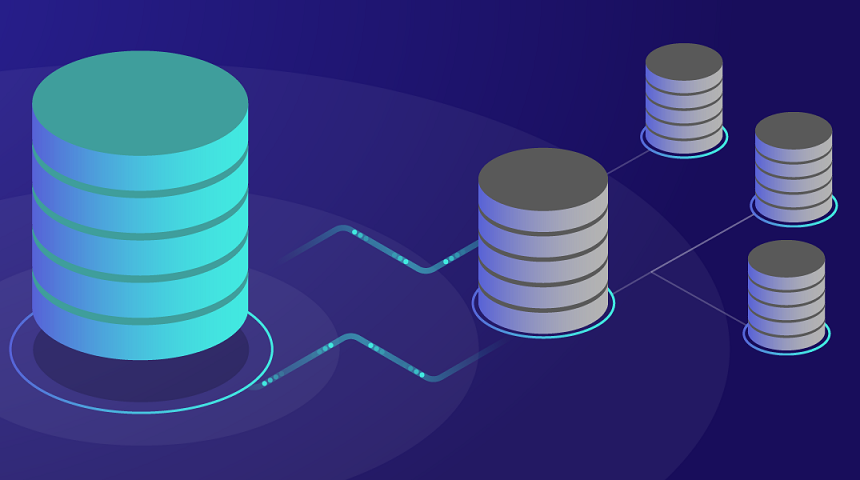What is a database?
Database is one of the most common terms in the computer world. You may be wondering what it is. With the introduction of this concept in the field of applications, a revolution is in their development. Almost today, it will be very difficult to find applications that do not use it. If you want to know more about it and its applications, we invite you to continue this article.
What is a database?
Database is a collection of organized information that is together according to a specific order and rules. In other words, when we put our data together in an orderly and organized way, we call it a database. According to this definition, a phone book or a list of goods in a store’s warehouse is also a kind of it.
In computer science, a database is a place where information about a software, website, etc. is. It makes it much easier to access and manage stored information based on the rules it uses to organize information. Using it allows us to store our information accurately in a specific order. By doing this, we can access part or all of this information in the shortest time. Also, using it gives us other benefits such as information independence, eliminating duplicate processes, increasing security, the possibility of backing up data, and so on.
A simple example of a database
Now that we know what a database is, we are going to look at a simple example of it. Imagine you are going to rent a house in one of the areas of Tehran. To do this traditionally, you should consult a real estate consultant in that area. A real estate consultant will provide you with a list of homes for rent in that area. This list contains various information about rental houses in that area, including the owner’s name, home address, rent, deposit amount, and so on. In this example, the list provided to you is a database of rental home information in that area.
Databases in the computer world
One of the most common uses of a database is to manage information in software. In this section, we will mention an example of the use of databases in software.
- Site contains a table of information about registered users in its database.
- All articles and posts on the site are in a separate table.
- In another table, educational videos and video files are stored.
This information can include displayable and non-displayable information for users. Thus, the sum of these tables, each of which holds different properties of the entities, forms the database of the site. Each of these tables is designed with proper order and structure for storing information. Now imagine how it would be possible to manage this amount of information if there were no databases ?!
Database-related terms and concepts
The database consists of different components and sections that are responsible for organizing information together. Each of these components and sections has different tasks and letters. Understanding each of these sections is essential for those who want to design a database. Among the most important terms in the field of database design are the following:
- Table: A database can have one or more tables. Each table in it is responsible for maintaining a group of information. Each table can have several columns and rows.
- Column or Attribute: Each table in a database can have multiple columns. Each column is responsible for maintaining a specific attribute or value of a variable. For example, name column, last name, etc.
- Row: Each row or row of the data table is called a record. Each record is a set of attributes that are considered in the columns of that table. For example, information about a user is a record of a user table.
- Type (Domain): Each column of properties has a specific format of data called Type. Data can be of different types, including string, integer, and so on.
- Entity: Existence is a general concept of what we intend to store its properties and information in the database. For example, an object, human, customer, etc. are examples of an entity in the database, each of which has its own characteristics.
Common problems in database design
Designing and creating a database for different software requires expertise, experience and knowledge of how different DBMSs work. Different people play a role in designing, building and managing it. Each has different responsibilities, including Designer, Administrator, and Programmers. Usually the biggest problems arise in the design phase of it. The most common problems in database design are:
- Improper selection of DBMS according to the intended purpose
- Improper database design
- Poor naming of tables
- Lack of documentation
- Do not test the database
- Lack of Primary
key
- Enter all information in a table
- Improper communication between different tables
Conclusion
At any given moment in our world, huge amounts of information and data are generated and then exchanged between different systems. This information and data have a very important place in the age of communication and technology. To do this, all programmers need to know what a database is and how they can use it to create applications. Imagine that all this information is stored in a place without any security and rules without any order.
Then we want to access all or part of this data to process and review. It would certainly be impossible to do so without organizing this information. Therefore, using a database to store and organize information is essential. To this end, new database management systems have been developed to meet our need to store large amounts of information.













